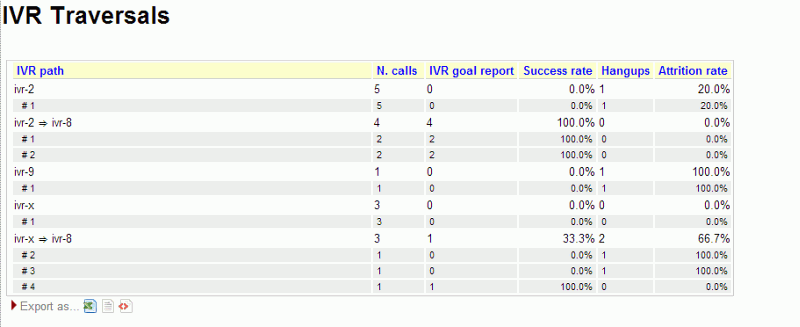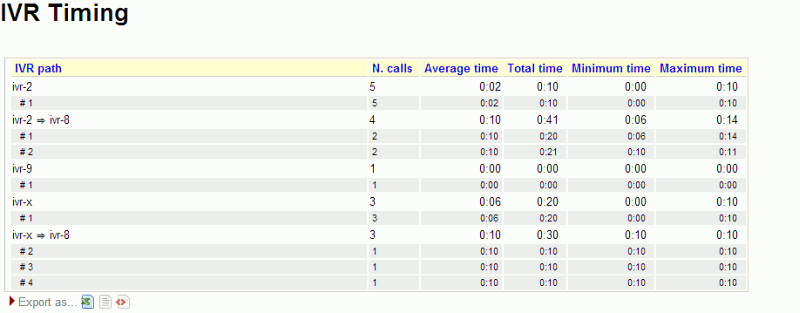The Head in the Sand Mentality… and how it can harm your call flow.

By Allison Smith
If customers were annoyed with your IVR/Call Flow, and were so motivated to hang up out of frustration and call your competitor – wouldn’t you rather know about it, rather than ignore it?
After all: you want to make it as easy as possible for customers to transact with you.
The typical hot dog street vendor doesn’t set up a collision course of obstacles on the sidewalk that makes it as difficult as possible for you to approach his cart and make a purchase – and yet, that’s exactly what many IVRs do: they’re often a confusing maze to navigate, which dangles a reward just beyond the customer’s reach, and which definitely doesn’t set the customer up for success – or you, for that matter.
You need to know - sooner than later – what’s not working in your call flow.
To have that information – real time – which tells you if callers and dropping off….where they’re dropping off….and thereby pinpointing why they’re dropping off – is critical information for your company to have. Too many options, too many layers of sub-directories, far too many choices, choices which are too similar – even blank spaces of silence (which can lead callers to think that the call has been disengaged) – all of these factors can kill your call flow and ultimately lose money for you in the long run.
As a voice talent who has voiced IVR systems for years for companies internationally, I can only advise so much. When clients are open to it, I’ll encourage them to pare down their call flow menu; make it simpler and more intuitive to use. I try to stress the importance of tracking call flow effectiveness, and I always recommend Loway’s robust solutions for call monitoring, assessment of call flow efficacy, and their multi-pronged solutions to caller drop-off.
With Loway’s QueueMetrics you can easily see:
- how many calls go through your IVR
- timing and attrition rate for each IVR (so you can understand where people are puzzled or hang up in frustration)
- if you have self-service IVRs, how many people choose to use the automated solution versus talking to an agent.



QueueMetrics, sets up modern standards in performance measurement, statistics and reporting for call centers based on the Asterisk PBX technology and has been successfully used in thousands of contact centers worldwide, since 2004. In addition, their predictive dialer WombatDialer is highly scalable, multi-server, easy-to-use telecasting platform that works with your existing Asterisk-based PBX and natively with QueueMetrics in order to produce state-of-the-art campaign analysis and insights.
With tools and resources like these available to give you the transparency and insight you need into the performance of your platform, Loway makes it possible to yank your head out the sand, so to speak, and truly see and track the efficiency of your telephony system.
Allison Smith is a professional voice talent who specializes in voicing telephony platforms. Probably best known as the voice of the Asterisk Open Source PBX, Allison is also heard on the Cisco Meraki platform, as well as platforms for Verizon, Bell Canada, Cincinnati Bell, and Vonage, to name a few.
Her website is www.theivrvoice.com.
Follow her on Twitter: @voicegal.